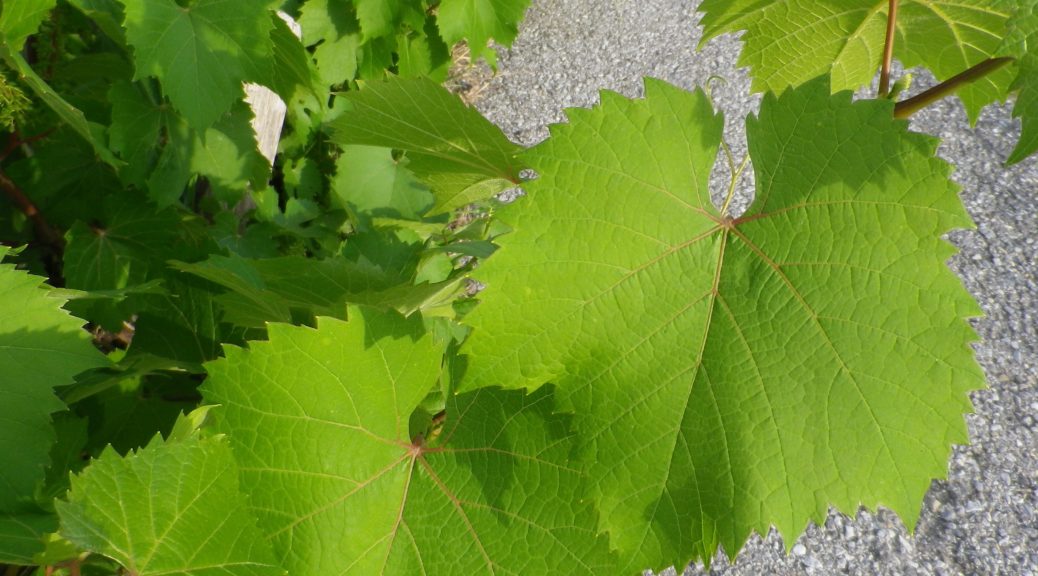What I Learned
The Steiermark is a wine region in the southeast corner of Austria. It is called Styria in English. The Steiermark lies just north of the Slovenian Alps, and east of the Austrian ones. Within this political and wine entity, there are three wine sub-regions.
-The easternmost, the Suedoststeiermark lies closest to Hungary, from where gets some of its climatic influences. Its topography is moderately hilly in most places, and as the name for its Vulkanland district implies, is influenced by remains of ancient volcanos.
-The southernmost, is the Suedsteiermark, which shares a long border, as well as a tradition of viticulture, with Slovenia.
-Then there is the Weststeiermark. It is known by Austrian wine-lovers, and promoted by the local tourism industry, as Schilcher-land, home to a rose wine of the same name.
Steiermark is especially well-known for its unusual varietals. Gelber Muskateller and Gelber Traminer are two white wine varietals. Like the similarly named but very different varietal, Gewuerztraminer, the Gelber Traminer is highly aromatic, but in this case with notes of citrus and exotic fruits. The Welschriesling, also found here, is not a Riesling at all, but rather a white grape which produces a wine that due to its natural acidity, is best enjoyed as a Trockenbeerenauslese wine. An unusual red varietal from this area is the Blauer Wildbacher, which is vinified into a local favorite, the highly popular Schilcher rose wine.
However, equally well-known international varietals produce wines of great distinction in this land. Sauvignon Blanc from the Steiermark is highly respected among Sauvignon Blanc fans, as a wine with a slightly, but uniquely, different taste. Chardonnay is also grown here, although it is bottled as Morillon. Pinot Blanc and Pinot Gris are the other international white varietals widely cultivated here. Except for the Blauburgunder (the local name here for Pinot Noir), the other red “international” varietals, are less well-known outside the German-speaking world. These include the Sankt Laurent and the Blauer Zweigelt.
What I Tasted
2018 Schilcher Klassik (Blauer Wildbacher), Qualitaetswein aus Osterreich (Steiermark), Weinhof Florlwirt (Weststeiermark): An off-dry rose wine with dark cranberry color; with a sharp spicy (white pepper) nose with a hint of minerality, with smoke and ripe strawberry flavors; medium plus tannins, with a high degree of acidity on the finish
2018 Gelber Muskateller, Vulkanland Steiermark, DAC, Genussgut Krispel (Suedoststeiermark): An off dry white wine with light plus gold color; an intense floral (rose) and bruised red apple nose, with flavors of the same; medium acidity with an acidic finish.
2015 Schilcher Klassik (Blauer Wildbacher), Blumegg, Qualitaetswein Weststeiermark, Weinhof Florian (Weststeiermark): A semi-dry red wine, with light salmon pink color; fruity nose with smoke, and red berries flavors; mildly acidic with medium tannins.
2014 Sauvignon Blanc, Qualitaetswein Sudsteiermark, Weingut Tement, Berghausen (Suedsteiermark): A dry white wine of pale gold color; a fruity nose, with a hint of yeast, and gooseberry and vanilla flavors; medium acidity and a prickling on the tongue; medium finish.
